The ancient history of water and wellbeing
We can intuitively feel that bathing in hot water is good for us: whether a restorative two hours at the bathhouse or simply a long soak at home after work, it feels instinctual and somehow just right for our bodies and minds to be drawn to bathing. The idea of water being an ingredient of wellbeing is thought to have its origins in the word spa, or sanus per aquam in Latin, which beautifully translates as ‘health from water’ or ‘the health that comes from water.’
The hot springs of Europe have been associated with healing for centuries. The Ancient Greek and Roman spa cultures saw a connection between water and health. Some sources describe how the Ancient Greeks used clay and epsom salts, infused baths with bay laurel leaves and lavender-scented water, which doesn’t sound too different from many aromatherapy and spa treatments in the modern day. The Greeks also used thalassotherapy (saltwater bathing), while the Romans prescribed hydrotherapy that included not only immersing the whole body in water, but also drinking it in large quantities.
But what does it mean to be ‘healed’? We often associated healing with being cured of something.
A linear progression from sickness to health, a problem to fix. But the word ‘cure’ doesn’t just mean to fix, it comes from curare, ‘to take care of’. Beyond the commonplace call for ‘self-care’ that can be at times overused or even commodified, a deeper meaning of cure, to take care, suggests something different. It could be about finding healing in the right way for each person. To be healed could simply mean being the most ‘well’ your body is capable of right now. This is not to diminish illness or suffering, or demand acceptance of it, but rather about finding a way of caring for the body that we have, rather than seeing it as something to constantly fix.
Centuries after the bathhouse culture of Ancient Greece and Rome, in the 18th and 19th century many ‘spa towns’ developed in Europe as the healing capacity of water ‘seeped into the cultural zeitgeist’, as an article in National Geographic explains. One stunning example is the tiered, multi-level natural jacuzzi formed in the rock formations in Saturnia, Italy, where ‘legend has it that when Saturn — Roman god of agriculture — grew tired of human squabbling, he rained a thunderbolt upon the earth whose impact sprung fountains of steaming water, bringing people together to bathe.’ There’s also the baths of Baden bei Wien in Austria, where they call the water ‘liquid gold’, thanks to its yellow-tinged hue from a high sulphur content.
While it all sounds dreamy and magical, what draws many to spas and natural hot springs around the world is a wish to feel better.
Rather than expecting miracles, the healing elements of bathing are one ingredient in a more holistic way of caring for the body and mind.
This view can also recognise the fluid, changeable, cyclical nature of our bodies and that how we feel is bound to fluctuate. Challenging the idea of health being a singular destination, and notions of being ‘fixed’, we like to think about meeting the body where it is, connecting with it in some way, doing what feels good - a more natural and realistic concept of feeling well, and healing.
Words by Katherine Brabon

